How Trump wrested back complete control of the GOP
Some in the Republican Party wanted to move on after his 2020 loss. The former president wouldn’t let that happen.

Even before a gunman took aim at Donald Trump Saturday night, the former president had muted most of his detractors within the Republican Party. The attempted assassination quieted the rest.
At this week’s Republican National Convention, fellow Republicans, even onetime critics, have elevated him to hero status, and Trump has doubled down on his populist makeover of the party by picking Ohio Sen. JD Vance as his running mate. Deep-pocketed tech executives, led by Elon Musk, also are turning Trump’s way.
All that adoration makes it easy to forget that Trump, after taking complete control of the party during his presidency, was not that long ago on the brink of losing it all.
His 2020 loss to President Biden, his refusal to accept the election results, the blame he took for the Capitol riot and the GOP’s ensuing belly-flop in the 2022 midterm elections sent Trumpism into a tailspin. His approval rating fell sharply.
Republican leaders and major donors talked about turning the page to a new generation of party leaders. A hotshot governor from Florida and a dozen other Republicans began plotting presidential runs.
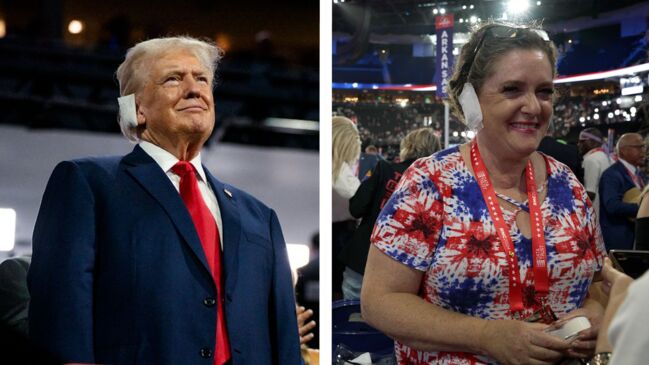
Day after day, Trump put on his navy suit and settled into the office he had set up at his Mar-a-Lago estate in Florida, behind a desk that bore a striking resemblance to the one in the Oval Office, under photos of Air Force One and Mt. Rushmore. In one telephone call after another, he told his onetime Republican allies: You’ll be with me soon.
Trump announced his third consecutive presidential bid in November 2022, seven days after the midterm fiasco. Four months later he became the first former president in history to face a criminal indictment. Three more would follow.
He slapped his mug shot on T-shirts and declared over and over that he was a victim, rallying his base, pressing supporters for cash and generating party loyalty. He put together a lean and disciplined campaign team. And he got some lucky breaks.
On Thursday, he will formally accept his party’s nomination for a third consecutive time. No former president in the modern era has attempted to come back from a re-election loss. The last successful one was Grover Cleveland, who was denied re-election in 1888 before rebounding in 1892.
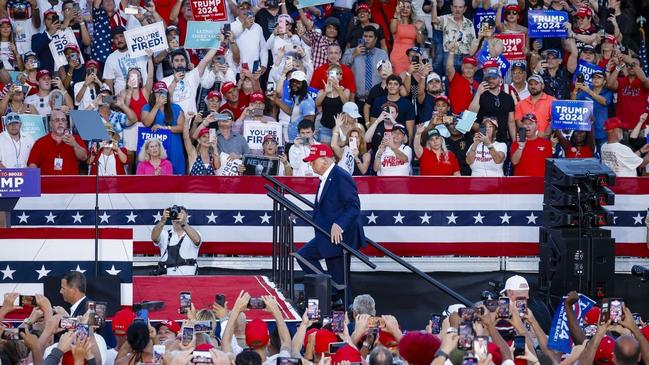
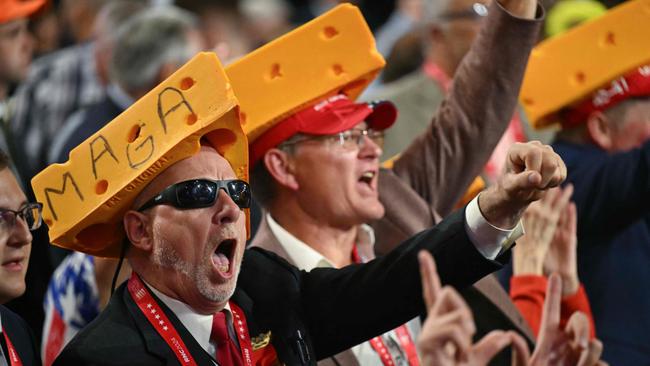
Trump’s criminal conviction in May in the Manhattan hush-money case made him a felon, but it also turbocharged his fundraising. Trump has led President Biden in most battleground-state polls for months, and the current turmoil over Biden’s mental and physical fitness has extended that advantage.
“People said it’s the end of Trump and – boom – he’s resurgent,” said David Urban, a strategist close to the former president. “The arc is nothing short of unbelievable,” he said, emphasising that point with an expletive.
After Trump left the White House in early 2021, he continued talking obsessively about what he said had been a rigged election, ignoring reality and the advice of some of those around him to move on – or at least not talk about it so much. He also dialled up his rhetoric about the Capitol riot on Jan. 6, 2021, insisting he hadn’t instigated it and describing hundreds of his supporters who were arrested as political prisoners.
Over time, Republican candidates and lawmakers, including some who had criticised Trump in the aftermath, didn’t just stop pushing back against such talk, they started echoing it.
In a December 2021 Wall Street Journal poll, 57 per cent of Republicans said they agreed that “the election was stolen from Donald Trump through widespread election fraud.”

Republican senators could have stopped Trump from running again. The House had impeached him on Jan. 13, 2021, on a charge of inciting an insurrection. If the Senate had convicted him, it could have disqualified him from holding office again. Just weeks after he left office, Mitch McConnell, the top Senate Republican who had sharply criticised Trump’s actions, joined all but seven Republicans in voting to acquit him.
Three weeks after the riot, Kevin McCarthy, then the House Republican leader, visited the former president at Mar-a-Lago. Trump wanted a photo. Over lunch, the former president marvelled about the press interest in their meeting. “This is good for both of us,” McCarthy recalls Trump saying.
Attempting to leverage the power of his base, Trump waded into congressional and state races with endorsements. Some current and aspiring Republican lawmakers shuttled down to Florida to seek his blessing.
He hired Susie Wiles to oversee a political committee. As Trump’s top operative in Florida in 2016 and 2020, she had helped him win the state twice. She aimed to be a steadying presence and to avoid the spotlight herself, unlike some former top aides. Eventually, she built out a team, including Chris LaCivita, a Marine veteran known for the “swift boat” attacks on 2004 Democratic nominee John Kerry.
Sen. Lindsey Graham, the South Carolina Republican, said he asked Trump about another run during a round of golf in the late spring of 2021. “We need to finish the job you started,” Graham recalled telling Trump. “Forty per cent of the voters would follow you off a cliff.”
A few months later, Biden faced heavy criticism for his handling of the chaotic US withdrawal from Afghanistan. It marked the beginning of the slide in the president’s approval ratings.
Trump, who also favoured pulling out US troops, publicly blasted Biden. Asked on Fox News whether he was considering running in 2024, Trump teased the idea: “You’re going to be happy because I love this country and I hate to see what’s happening to it.”
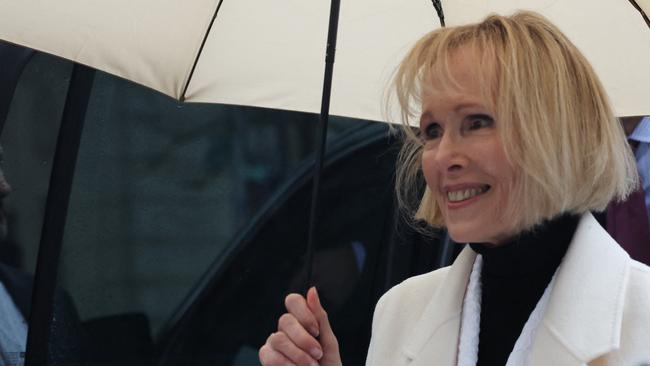
Early troubles
Still, many in the Republican Party appeared to be keeping their distance. Some lawyers were skittish about signing on to handle his growing legal troubles, and longtime business associates stopped calling, according to people close to him.
Personal financial pressure was mounting. In September 2022, New York state Attorney General Letitia James filed suit against him and his family business, alleging a decadelong scheme to falsely value their assets and generate ill-gotten gains, which later resulted in a $US454 million judgment.
That November, writer E. Jean Carroll sued Trump for a second time over allegations of battery and defamation related to an alleged sexual assault in the mid-1990s. Trump denied Carroll’s allegations and wrongdoing in his business dealings.
In the midterm elections that month, Republicans failed to deliver the “red wave” they were predicting, and several high-profile Trump-endorsed candidates lost. Democrats had rallied voters around what happened on Jan. 6 and abortion rights, arguing that Trump’s Supreme Court picks had led to the elimination of the constitutional right.
In a Wall Street Journal poll that December, just 36 per cent of registered voters said they viewed Trump favourably. Among Republicans, 74 per cent had a positive view, down from 85 per cent nine months earlier. Some allies pleaded with Trump to hold off on announcing he was running again. Undeterred, he walked into Mar-a-Lago’s ballroom one week after the midterms and announced his third White House bid.
His aim was to get in front of what was expected to be a crowded Republican primary. He also wanted a bigger platform to denounce as politically motivated all the legal probes into his actions: his effort to overturn the 2020 election, his handling of classified documents, his business dealings in New York.
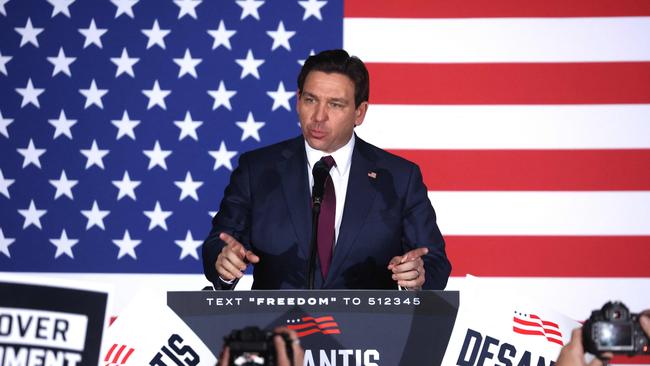
He was furious about the attention Florida Gov. Ron DeSantis was getting from voters and the media. DeSantis had just won re-election in a landslide and was increasingly mentioned as someone who could deliver conservatism without the former president’s drama. The following month, a Wall Street Journal poll showed DeSantis beating the former president by double digits in a hypothetical matchup.
Aides cautioned Trump about attacking a popular Republican too early. Trump ignored them. He didn’t want to yield any of his supporters to DeSantis, who was attracting major donors and generating enthusiasm in early primary states. Trump saw his early announcement as a warning shot, according to people who spoke with him at the time.
Trump came up with an insulting nickname for his rival – DeSanctimonious – and began criticising his support for congressional budgets frameworks that would have changed Social Security and Medicare. Trump said he wouldn’t touch the programs.
DeSantis didn’t officially enter the race until May 2023, six months after Trump had. The Trump-aligned super PAC, MAGA Inc., spent more than $US25 million on ads during the months DeSantis was a candidate, many of them attacking the Florida governor.
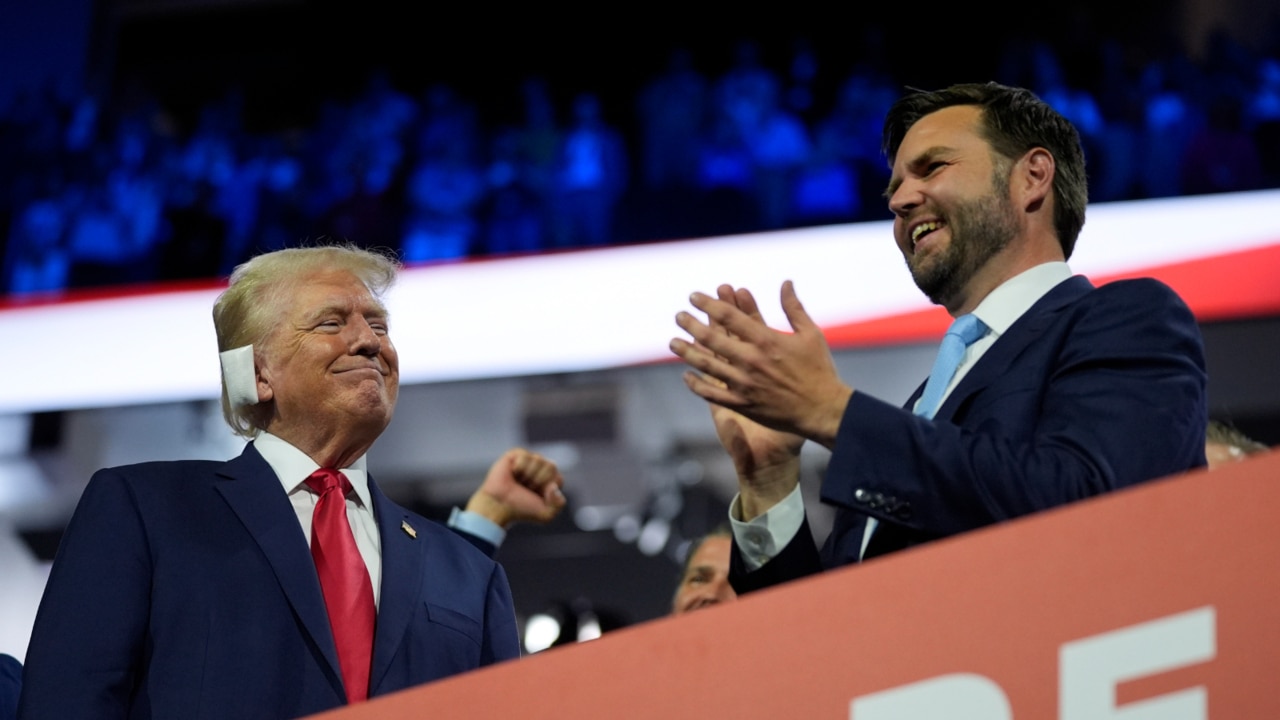
DeSantis’s advisers acknowledge now that he waited too long to enter the race and that he was slow in hitting back, fearful of upsetting the Trump supporters he hoped to win over. It didn’t help that he was awkward on the campaign trail, forcing smiles and erupting into boisterous laughter. “He just played into the caricature we created for him,” said Tony Fabrizio, a pollster who worked for MAGA Inc. before shifting to the Trump campaign.
By the time DeSantis officially got in, Trump had a dozen rivals for the nomination. The crowded field splintered the anti-Trump vote, just as it had in the 2016 primary. “The more the merrier,” Trump said.
Trump refused to participate in the debates, citing his polling advantage. Some aides worried the decision would backfire, but it didn’t. Trump’s rivals clashed, while he offered counterprogramming events that drew away some attention. His polling among GOP voters never suffered, and he was able to avoid difficult questions, including about the abortion ruling.
During the first debate in Milwaukee, moderator Bret Baier of Fox News brought up what he said was the “elephant not in the room,” asking candidates to raise their hand if they would support Trump as the party’s nominee even if he was convicted of one of the criminal charges he faces. Six of the eight candidates raised their hands.

Less than 24 hours after the first debate, Trump appeared before authorities in Georgia to answer charges that he operated a criminal enterprise that sought to overturn Biden’s 2020 electoral victory in the state. It was the last of four indictments Trump faced in 2023. He became the first former president to have his mug shot taken.
“This is great. I look fantastic,” Trump told aides on the flight out, according to someone who was there. “Let’s sell some T-shirts.” That night, he posted the image on X – his first post on the platform since he was banned following the Capitol riot. The campaign raised $US4 million online the next day.
Primary plan
Trump had an audacious goal for the Iowa caucuses in January of this year: Win at least half the vote. No one had ever gotten more than 41 per cent on the GOP side in a competitive year. Trump had managed only 24 per cent in 2016. He wanted to send a signal to Republicans nationwide that the race was essentially over.
“He was not subtle at all about what he wanted from Iowa,” said Jeff Kaufmann, the state’s longtime GOP chairman. Trump made that clear to Kaufman and other GOP elected officials and activists the prior May over dinner at a Des Moines steakhouse.
Trump’s campaign figured Republican voters who had taken part in caucuses before were more likely to be traditional Republicans and softer in their support for him. So the campaign targeted conservatives who hadn’t caucused before.
Jan. 15 was frigidly cold, and turnout was well below levels recorded in 2016, when Iowa last held competitive GOP caucuses. Trump won 51 per cent of the vote, the largest percentage in the history of the Republican contest.

DeSantis, who finished second at 21 per cent, dropped out just ahead of the Jan. 23 New Hampshire primary and immediately endorsed Trump. Former South Carolina Gov. Nikki Haley, who finished third in Iowa, would hang on for six weeks longer than DeSantis before abandoning the race.
By March 12, Trump had won enough delegates to become the presumptive GOP nominee. More GOP donors moved into his camp.
His legal troubles, though, weren’t going away. He hammered away with his claim that he was being politically persecuted. “I’m being indicted for you,” he told crowds at his rallies.
Trump’s conviction in late May in the New York hush-money case made him a felon but it gave him another fundraising boost.
His campaign pulled in nearly $US53 million in the first 24 hours. In the second quarter ended in June, Trump and the Republican National Committee raised $US331 million, exceeding the $US264 million taken in by Biden’s joint fundraising operation with the Democratic National Committee.
Biden’s disastrous performance in the first head-to-head debate with Trump left many Republicans feeling better than ever about their candidate’s prospects for returning to the White House, and the assassination attempt made him untouchable in the eyes of many in his party.
– Natalie Andrews contributed to this article.
Wall Street Journal






To join the conversation, please log in. Don't have an account? Register
Join the conversation, you are commenting as Logout